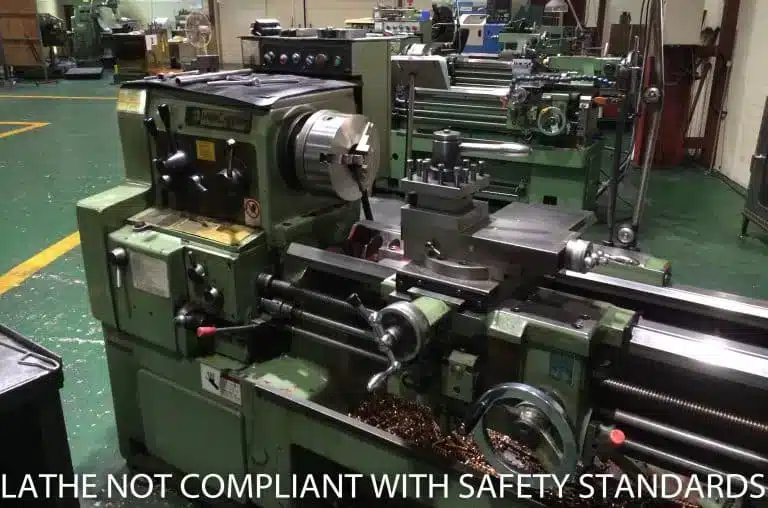Last edit: 02/08/2023

Machinery Safety is probably the main leverage that can reduce the number of deaths and injuries in the work place.
In the European Union machinery is a contribuing factor in more then 300.000 injuries involving more than 3 days off work, according to data (2008) from the European Commission. In China, 30% of Injuries treated in hospital emergency departments are machinery related (data from 2011).
Annually there are 65.000 injuries involving days away from work in USA (2012) and 15.000 injuries in Canada. Finally in Australia, in 2013, there have been 3.500 hospitalisations from machiery-related injuries.
Machinery safety is best applied during the concept phase of the Machine Development. That is why the most effective legislations identify the manufacturer as the main player that guarantees the safety of its product: those are the Machinery Directive and the Australian Occupational Health and Safety law.
In other terms, the importance of inherently safe design was recognised by a series of public policies and professional initiatives in North America, Europe and Australia, based upon the premise that one of the most effective ways to prevent work-related deaths and injuries is to design out hazards at the source.
The main principle of the Machinery Directive and the base concept of EN 12100 is the "Principles of safety integration".
(a) Machinery must be designed and constructed so that it is fitted for its function, and can be operated, adjusted and maintained without putting persons at risk when these operations are carried out under the conditions foreseen but also taking into account any reasonably foreseeable misuse thereof.
The aim of measures taken must be to eliminate any risk throughout the foreseeable lifetime of the machinery including the phases of transport, assembly, dismantling, disabling and scrapping.
(b) In selecting the most appropriate methods, the manufacturer or his authorised representative must apply the following principles, in the order given:
— eliminate or reduce risks as far as possible (inherently safe machinery design and construction),
— take the necessary protective measures in relation to risks that cannot be eliminated,
— inform users of the residual risks due to any shortcomings of the protective measures adopted, indicate whether any particular training is required and specify any need to provide personal protective equipment.